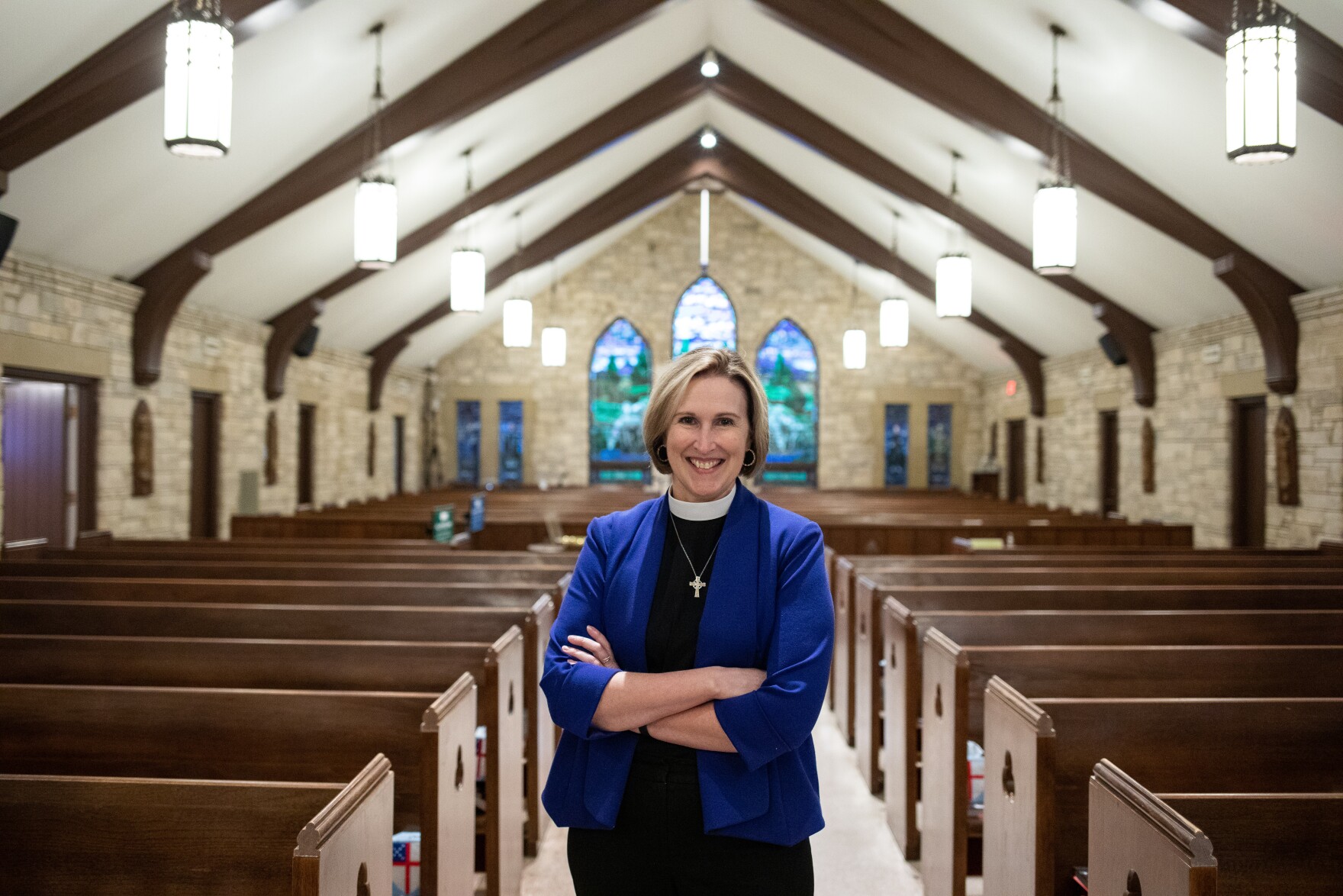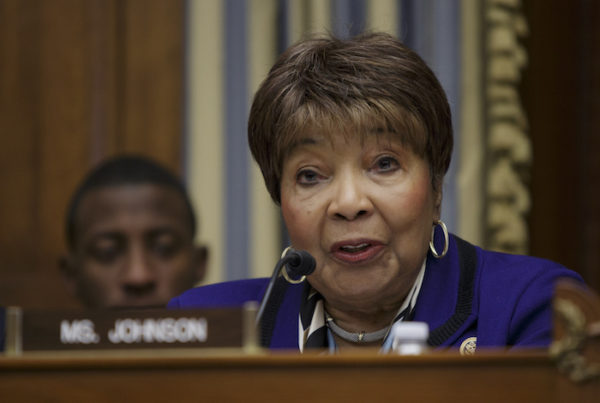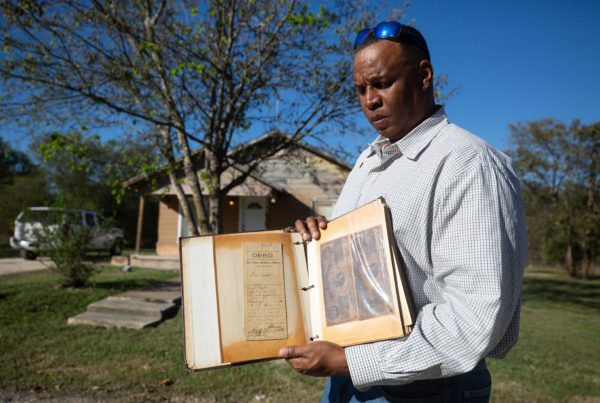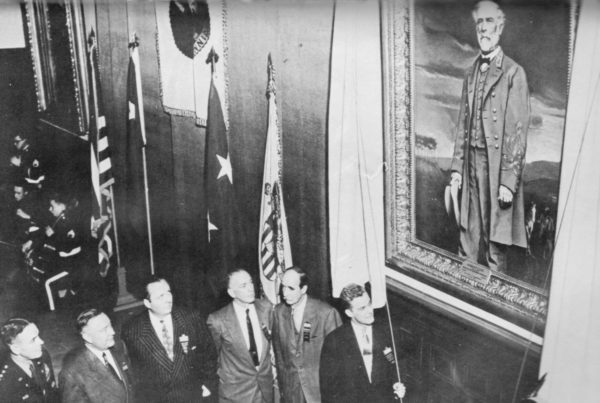Months after having to vacate six churches, a group of North Texas Episcopalians is back in legal limbo. A fight over money and church belongings has added more fuel to a court battle that has already lasted more than a decade.
The Episcopal Diocese of Fort Worth split in 2008. Unlike the national church, then-Fort Worth bishop Jack Iker opposed same-sex marriage and believed that only men should become priests.
“I think that we may well be at that point where there are irreconcilable differences in theology and church discipline and so on,” Iker told NPR in 2006. “Then perhaps the best thing to do is say, how can we have an amicable divorce?”
The divorce could not have been less amicable. Churches split down ideological lines. Some parishioners stayed with the national church, but the majority left with Iker.
The religious conflict spun out into a legal battle over which side is the true Episcopal Diocese of Fort Worth. Each side argued they owned the same five church buildings, occupied by national church congregations: four in Fort Worth and one in Wichita Falls.
In February, after 12 years in the courts, the United States Supreme Court declined to hear the case. That meant a lower court decision stood, giving the buildings to the conservative breakaway group. The conservative side also won the right to call itself the Episcopal Diocese of Fort Worth.
The national church-aligned side had to change its name. In April, it moved out of those five buildings, as well as a sixth shared space in Hillsboro, leaving behind decades of memories.
The court later ruled that the national church-aligned side had to hand over any money and belongings it had before the original lawsuit was filed in April 2009. Making that split hasn’t been easy.
Figuring out what belongs to each side
Janet Waggoner is the canon to the ordinary in the Episcopal Church of North Texas. In layman’s terms, she’s the bishop’s right-hand woman.
Waggoner knew the legal proceedings wouldn’t end with turning over the buildings, but she had hoped the process would be a friendly one.
“That didn’t turn out to be possible,” she said.
The court ruled that anything a congregation owned pre-April 2009 had to go to the conservative side.
So the congregations that lost their church buildings catalogued everything they owned, going back decades. That included religious art, electric fans, pianos and VHS videos of old church events.
“That’s challenging, because who remembers whether or not the coffeemaker was bought before 2009 or after 2009?” Waggoner said.















